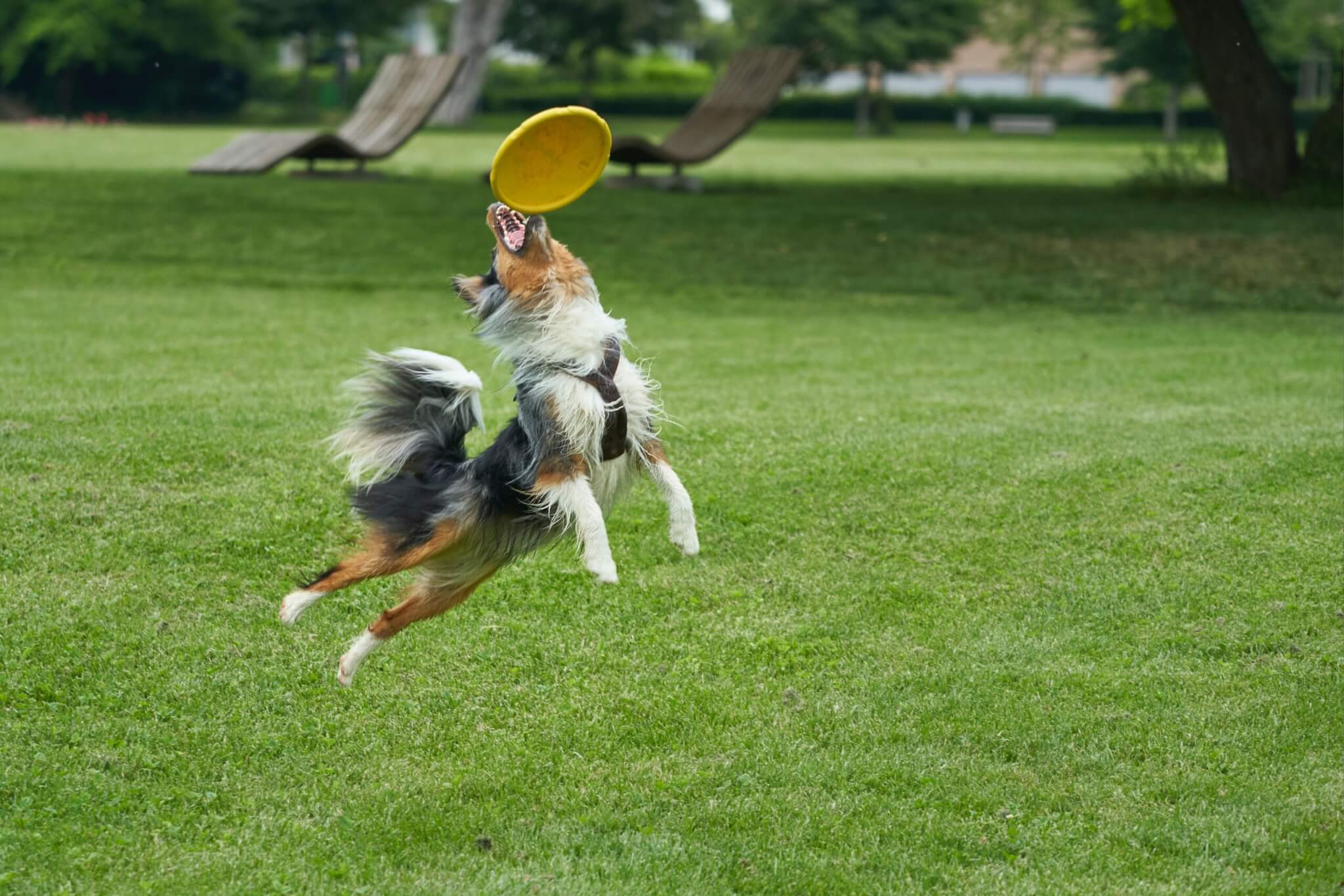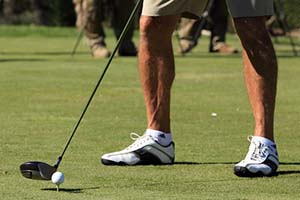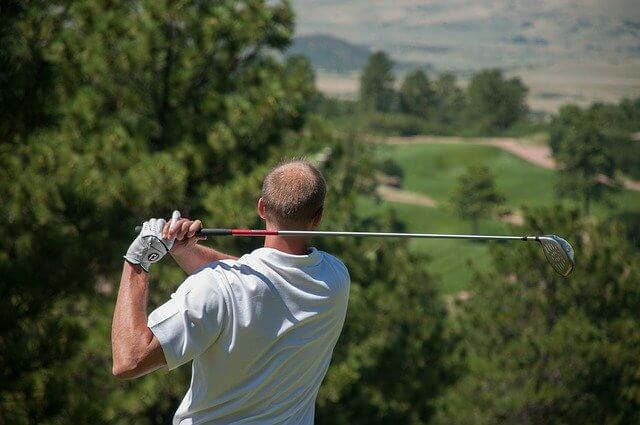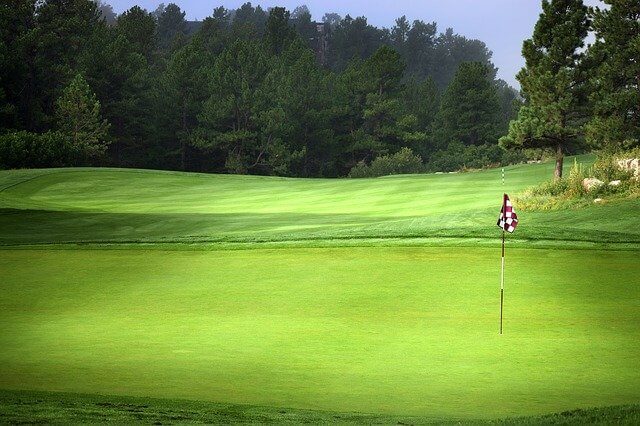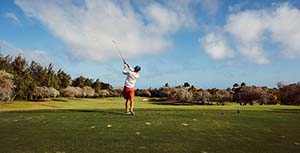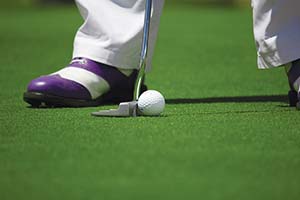When selecting grass for a golf course there are many factors to take into consideration, such as the region’s climate, where on the golf course the grass is to be planted (fairway, greens, tee boxes, rough) how much traffic the grass can withstand, how quickly the grass can repair itself, the soil type(s) on the course and more minutia that affect successful agronomy. The greens keepers need to be cogniscent of proximity to creeks and ponds! Rodent populations must be monitored and managed.
The grasses you select for a golf course will need to withstand the full range of temperatures in that region (heat and cold) need to be tough so as to be able to withstand any heavy foot traffic without breaking down. This is known as resilience.
Golf course grasses often need to be cut at very low levels or heights to give players a better golfing experience, especially on the ‘Dance Floors’. Strive to minimize foot traffic on the greens. Walk around and not across! Repair ball marks. Replace divots.
Species, grain and texture matter.
Without a lot of detail, here are some of the grasses that are popularly used on golf courses around the world.
1) Bermuda, 2) perennial bent grass, 3) fescue grass, 4) zoysia grass, 5) Poaannua grass, 6) perennial Kentucky blue grass, 7) perennial rye grass, 8) buffalo grass, 9) kikuyu grass, 10) winter grass, 11) Tif or Tuf Turf Grass and 12) Couch grass.
Mother Nature is particular so we golfing professionals must respectfully abide by her demands and rules.

